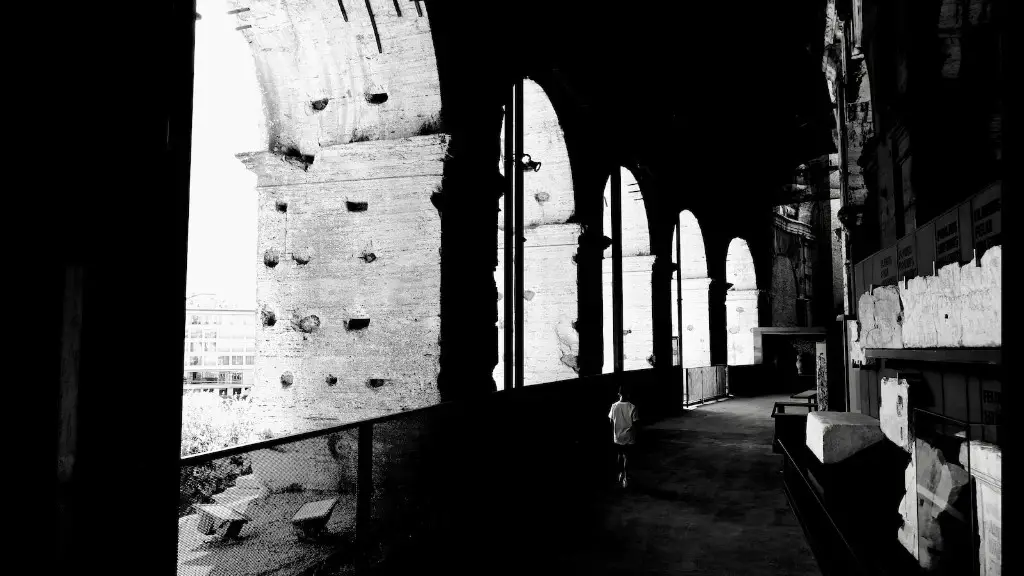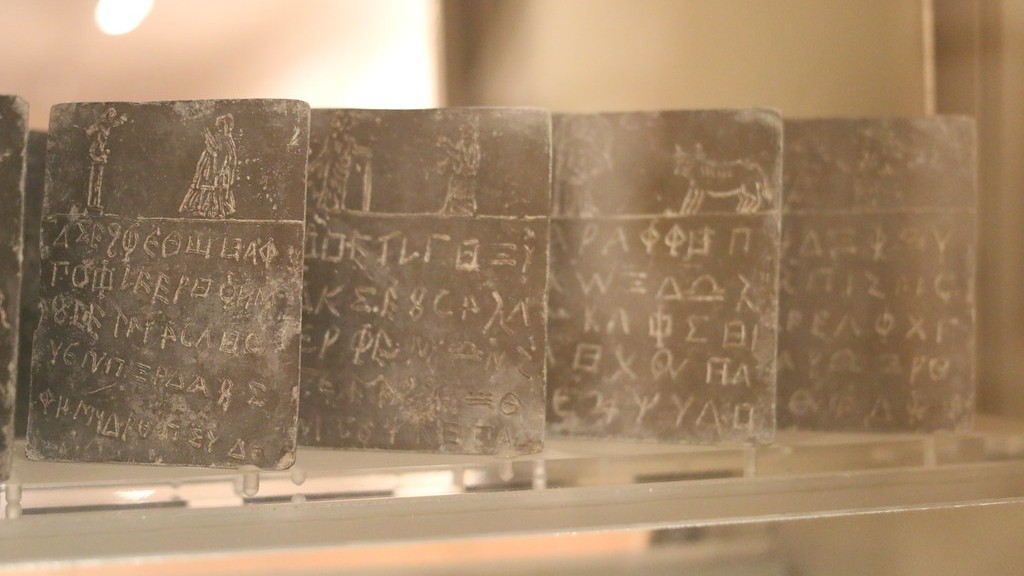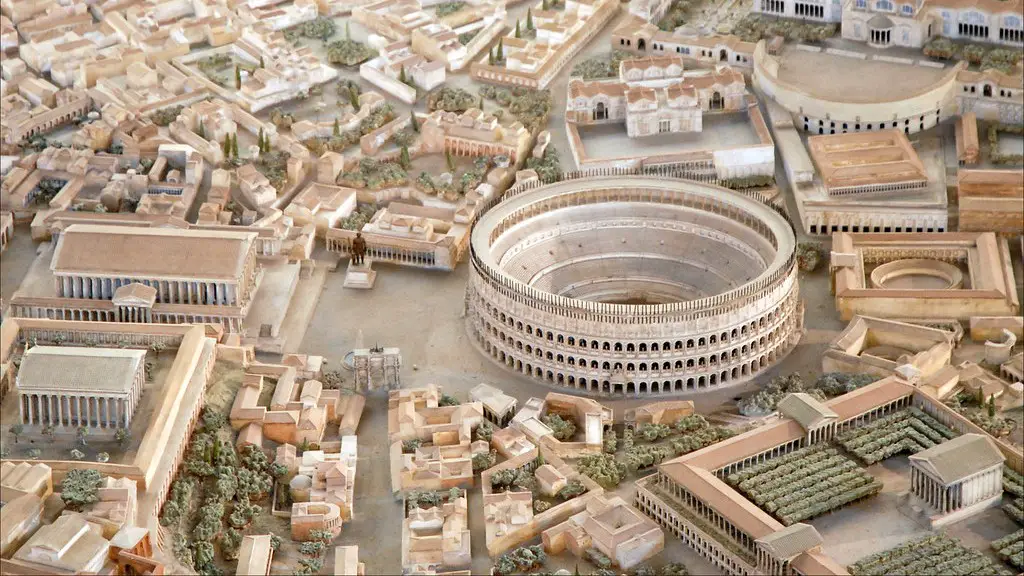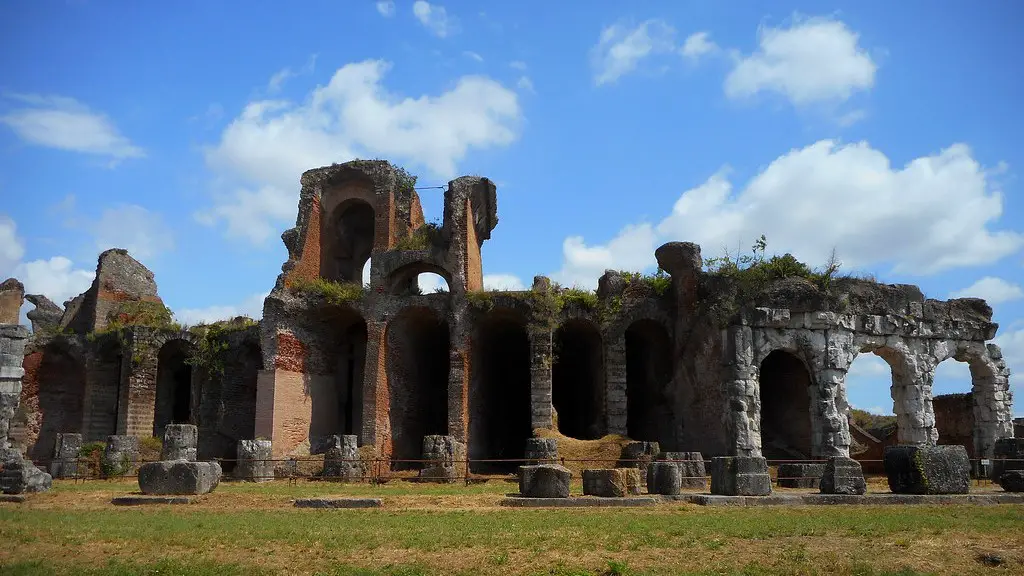Ancient Rome, one of the greatest empires in world history, was founded sometime in the 8th century BC on the banks of the Tiber River in what is now Italy. To this day, Rome remains a place of great influence in our world. It is well-known as the birthplace of modern democracy and the Catholic Church, and its artistic and architectural accomplishments are still admired and enjoyed. Though its Republic and later empire rose to prominence over two thousand years ago, its legacy reverberates widely in our times.
The early history of the empire is murky and unresolved. The founding myth is that Rome was originally founded by Romulus and Remus, twins who were fathered by the God Mars and saved from a river by a she-wolf. Archaeological evidence, however, dates Rome prior to the year 753 BC. The Roman historian Livy believed Romulus to be the first king of Rome but other classical sources dispute this, claiming prior kings. Despite the discrepancy of myth and history, Romulus remains the patron hero of Rome, often featured in art, literature and religious practices.
The traditional date of the founding of the Roman Republic is April 21st, 509 BC. This occurred when the last king of Rome, Lucius Tarquinius Superbus, was overthrown and replaced with two consuls. The Republic was revolutionary in that it evenly dispersed power, enabling a transition to government based on laws and property ownership, instead of a single ruler who held absolute power. This powerful new system allowed for Rome to grow in power and expand exponentially. Despite internal struggles and civil wars, the Republic lasted for almost five centuries.
The Republic was eventually replaced by the Roman empire in 27 BC, when Emperor Augustus grouped all of the republican offices into one, granting himself supreme power. The Empire was an authoritarian dictatorship governed by one leader, and was to remain in place until the mid-fifth century AD. Led by a series of successful emperors, the empire prospered, attaining control over vast areas of the Mediterranean basin and beyond. This span of 500 years is considered the Golden Age of Rome, during which its arts and infrastructure flourished.
The Roman empire eventually declined as a result of political corruption, economic mismanagement and weakening of military power. In 476 AD, the last Roman ruler, Romulus Augustulus, was overthrown by the Germanic King Odoacer. While the fall of Rome marked the end of its rule, its legacy lived on. Roman institutions and laws were adopted into much of the West, and ideas of hierarchy and taxation persisted for centuries. Its architectural magnificence remains, and its classical literature and art continue to inform the modern world.
Romans and Religion
The Romans were deeply religious people, and the pantheon of ancient Roman gods and goddesses held great power and influence. Religion often provided an explanation for natural events, and was connected to daily life in all its aspects. Roman gods were typically based on Latin, Greek, and Etruscan gods, sometimes with similar relationships and more often with differing qualities. Roman gods were typically depicted in human form, and were believed to be watchful and involved in human affairs.
The religion of ancient Rome was highly organized and ritualistic. All faiths were practised, but the centre of Roman religion was focused on venerating divine forces with public sacrifice, festivals, offerings and prayers. The primary gods of the Roman state were the Capitoline triad of Jupiter, Juno and Minerva, along with Mars and Quirinus, the patron god of Rome. Each community also had its own patron deity, which was considered to be its protector.
Realizing its significance, the Roman government recognized religion as an important part of their social, political and military system. The temples and priests served as conduits for a variety of sources, from individuals seeking guidance to political advice and more. This established a powerful relationship between the people and their gods which shaped many aspects of daily life in the Roman empire, including the legal system, social customs and even military operations.
Roman Society
Rome was a powerful and influential empire, but it was also a diverse and complex society. It was a class-based society where the upper class, or Patricians, had the most power and held government positions. The Plebeians, or lower class, were mostly free citizens. Freed slaves, another large segment of the population, usually made up the artisanal and entrepreneurial classes. The value of labor was also used to separate the classes, with laborers on the lowest rung.
Women in Rome lived under strict patriarchal values, and had few rights or freedoms. They were generally not allowed to own property and could be divorced by their husbands without consequence. Slave women were mainly low-ranking domestic servants with an occasional slave-girl fortunate enough to gain an education. Elite women had more freedoms and were among the most educated of the Roman women at the time.
As in most societies of the time, the Roman military played an important role in Roman society. From the Republic to the late empire, all upper- and middle-class male citizens were required to be part of the militia. These soldiers fought in campaigns throughout the Mediterranean, with the most pleasing soldiers receiving promotions and rewards. Lower ranking slaves and freed slaves often served in auxiliary units. They provided support, construction, engineering and supplies for the massive Roman armies of the time.
Roman Technology and Architecture
Ancient Rome was well known for its numerous technological and engineering accomplishments that have risen to be some of the cornerstones of our modern world. Roman legions used the principles of hydraulics and pneumatics to construct architecture like aqueducts, some of which are still standing today. Engineers made use of the most advanced materials of the time such as iron, concrete and marble, to construct the great monuments for which Rome is famous.
These great monuments included public baths, amphitheatres, and of course the Colosseum. But it is not just their grandeur size that earned Rome its fame. Among the most respected accomplishments of the Romans were their sculptures, paintings, mosaics and other art forms. Some of Rome’s most renowned art pieces still stand today, such as the Pantheon. As well as providing works of art and wondrous engineering, Romans also developed technology for communication such as roads and postal services that are still in part used today.
The Romans put their engineering prowess to work and made their cities more livable by paving roads and building public baths. Romans sank wells to access fresh underground water. Water was pumped using cisterns, draped onto aqueducts, and delivered in stone pipes throughout the city. Rome set the gold standard for waste disposal, with urban sewers that removed contaminated water from the city while still being efficient. Roman infrastructure was so advanced that some of it is still in use today.
Roman Culture and Learning
Education in Rome was a privilege reserved for the upper classes. Boys generally studied reading, writing and basic arithmetic but advanced education usually focused on law, mathematics, or rhetoric. Poetry and philosophy were also taught, but only to an upper class minority. Girls were not allowed to be formally educated and so their lessons mostly focused on the household or ‘domestic’ knowledge. Music and drama were also popular forms of entertainment for all classes.
Sports and military activities were also a prevalent part of ancient Roman culture. The most popular sports were chariot racing and gladiatorial fights. Gladiators were slaves and prisoners of war who were forced to fight each other or wild animals. It was considered a privilege to serve as a gladiator, however, as the winner of a bout would be celebrated in the arena and often granted his freedom.
The Latin language was the formal language of the Roman empire, and its influence has been far-reaching. Latin became the language of law, education, science, and scholarship. It served as the language of the Catholic Church during the Middle Ages, and although it was eventually replaced by modern languages in most contexts, it remains the basis of the complex language of science and law today.
Conclusion of Roman Power
Rome eventually fell in the 5th century AD, the victim of external foes and its own internal struggles. Though its political and cultural systems faded away, its legacy continues to speak to us today. Its art and architecture, systems of government and law, and language gave rise to some of the most powerful nations today. Ancient Rome firmly entrenched its place in history as one of the world’s most influential and long-lasting empires.




